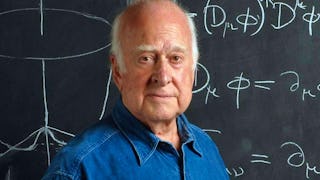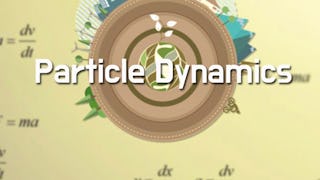Dieser Kurs führt Sie in die subatomare Physik ein, d.h. in die Physik der Atomkerne und Teilchen.
Genauer gesagt geht es um folgende Fragen: - Was sind die Konzepte der Teilchenphysik und wie werden sie umgesetzt? - Welche Eigenschaften haben Atomkerne und wie kann man sie nutzen? - Wie beschleunigt und detektiert man Teilchen und misst ihre Eigenschaften? - Was lernt man aus Teilchenreaktionen bei hohen Energien und Teilchenzerfällen? - Wie funktionieren elektromagnetische Wechselwirkungen und wie kann man sie nutzen? - Wie funktionieren starke Wechselwirkungen und warum sind sie so schwer zu verstehen? - Wie funktionieren schwache Wechselwirkungen und warum sind sie so besonders? - Was ist die Masse von Objekten auf subatomarer Ebene und wie greift das Higgs-Boson ein? - Wie sucht man nach neuen Phänomenen, die über die bekannten hinausgehen? - Was kann man aus der Teilchenphysik über die Astrophysik und das Universum als Ganzes lernen? Der Kurs ist in acht Module unterteilt. Nach dem ersten Modul, das in unser Thema einführt, sind die Module 2 (Kernphysik) und 3 (Beschleuniger und Detektoren) eher in sich abgeschlossen und können separat studiert werden. Die Module 4 bis 6 vertiefen die Materie und die Kräfte, wie sie vom Standardmodell der Teilchenphysik beschrieben werden. Modul 7 beschäftigt sich mit unseren Möglichkeiten, nach neuen Phänomenen zu suchen. Und das letzte Modul führt Sie in zwei geheimnisvolle Komponenten des Universums ein, nämlich die Dunkle Materie und die Dunkle Energie.





 enthalten
enthalten
















